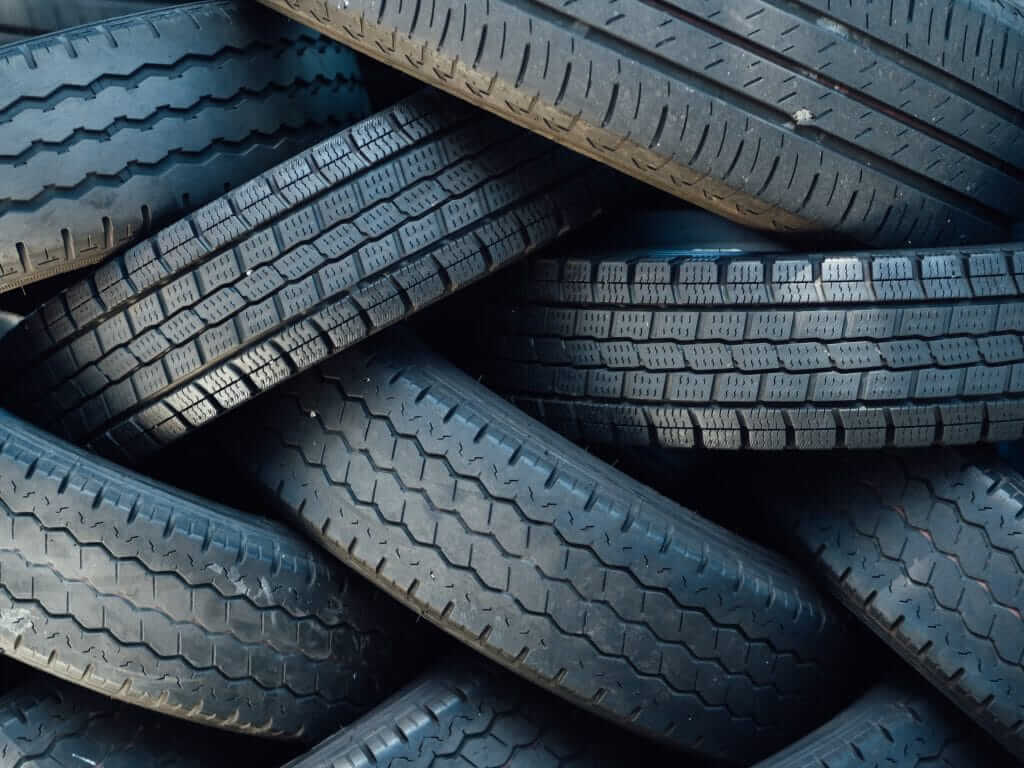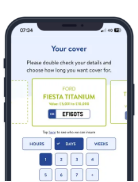[toc]
With the clocks going back, the nights are drawing in and the start of the cold, icy and windy weather has arrived. As the temperatures drop, it’s time to start preparing yourself and your vehicle for some winter driving.
Most of us know that it’s time to leave the t-shirts in the wardrobe and wrap up warm and yet many people don’t think about changing their car or the way they drive to prepare for driving in the winter. At a time when even the shortest journeys can be difficult, it’s crucial to take extra precautions while out on the road.
To help you stay safe this winter, we gathered some advice, tips and tricks to help you combat the cold and get to your destination safely and in good time.

Preparing for your journey
Wherever you’re driving to, be it a quick trip to the shops or trip across the country to visit friends and family, you should always make sure you and your vehicle are properly prepared for the journey.
Winter driving essentials
For the cold winter months, you should always have these few essential items in your vehicle, especially if you’re planning on a long journey. The following list is not exhaustive and you should take anything you feel will keep you warm should you break down.
- Ice scraper
- De-icer spray / extra screen wash
- Torch and batteries
- Warm blankets
- First aid kit
- Warm clothing (coats, jumpers, scarves, gloves etc.)
- Jumper cables
- Shovel
- Extra food
Checking your vehicle
While you should always pack the essentials in case something happens, the best way to ensure you don’t have a breakdown is to properly check your vehicle is ready for the colder weather. If possible, you should have your car serviced before the weather turns colder but if you’re unable to do that, there are a few little checks anyone can do to make sure it’s ready.
Lights
Check that your lights are clean and working properly. With the night’s drawing in, it can be pitch black even on your journey home from work. Having clear and bright lights on your vehicle, along with a full battery which you should check before you leave the house mean that you’ll be able to get a better view of the road, the conditions and other drivers, even in dimly lit areas.
Windscreen and wiper blades
Another way to help increase visibility is to ensure your windscreen is clear from any frost or debris and that your wiper blades don’t leave any smears. If they do and you can’t change them straight away, filling up your washer bottle with screen wash can help clear your view of the journey.
Be careful that your wiper blades don’t freeze to your windscreen overnight by lifting them up slightly when you’re not driving.
Tyres
Make sure that your tyre tread and pressure are all in good condition as these can be a big risk on wet and icy roads. Your tyres should have a tread depth of at least 3mm to be safe in winter conditions.
Fluid levels
From screen wash to anti-freeze, to oil and petrol, keeping your fluid levels topped up can help reduce the risk of any breakdowns and help improve the performance of your vehicle.
Snow and ice
If there has been snow overnight and you feel you have to travel in the morning, make sure that any ice or snow is cleared from your windscreen. Driving without being able to properly see out of every panel of glass in your vehicle is breaking the Highway Code and could put you, your passengers and other drivers in danger. While it’s unlikely that you’ll be stopped for having ice and snow on the roof of your vehicle, if it falls off and causes an accident or other issues for other drivers, you could face penalty points and fines for driving without due consideration.

Planning your route
It doesn’t matter whether you and your vehicle are properly prepared, you should only travel in difficult, wintery conditions if it’s absolutely necessary. Driving in heavy rain or snow and in icy and wet conditions can be extremely dangerous so think carefully about how important this journey is.
If you have to drive in winter conditions, make sure you’ve followed the preparation advice above and think carefully about the route you take. Check local weather for conditions and any road closures and always have a backup route in case the way you’re going gets blocked. Try to avoid rural roads that can be dangerous in the winter.
If you need to get to work, sharing the drive could be a great option as it reduces the number of vehicles on the road and you could feel safer with other passengers with you. If you need to be insured to drive another vehicle or want to add a driver to your vehicle, a temporary insurance policy could be the best option.
You can get cover for just a single hour up to 28 days, depending on your needs and how the weather forecast looks. Policies are comprehensive and protect the vehicle owners No Claims Discount if there is an accident. You can get a quote in minutes and then you’re covered instantly, so even if you leave it to the last minute, you can still get insurance.
On the road
Driving in snow or icy conditions
The safest thing you can do while driving in dangerous conditions is to drive slowly. Reducing your speed may add time to your journey but could it could stop accidents from happening. Give yourself more time to move lanes and manoeuvre to reduce the risk of crashing.
Braking and accelerating should also be done with care and reduced speed. Accelerating slowly will help you avoid skidding while the icy conditions will mean that breaking distances increase, so make sure you ease up well in advance of stopping, allowing at least 8-10 seconds before fully coming to a stop.
Be sure to keep your windscreen and mirrors clear at all times. It’s likely that that snow and fog can cause bad visibility and while your windscreen wipers should take care of most of the problems, you should stop if you need to clean them more thoroughly.
If you’re on a motorway, look for which lane is in the best condition and try to stick to it. You’ll find that others drivers will do the same if they’re sensible.
Remember to use dipped headlights if the road is clear so you can increase your visibility but be careful not to use fog lights if there are other drivers on the road unless absolutely necessary as this can blind other road users.

Stuck in snow
If you do get stuck in snow, you should never try and rev your way out of it. This will only make things worse and you could find yourself in more trouble than before. Instead, you should try and move the vehicle back and forth slowly using the highest gear possible. If this doesn’t work you should try using your shovel or contact a breakdown recovery service to get you out.
While you are waiting, don’t use the engine if there is a risk that fumes could get into the vehicle. If the exhaust looks clear, then you can run the engine but not for more than 10-15 minutes each hour.
Low winter sun
One of the most annoying things about driving in the winter is the low winter sun. It can cause glare and make driving in the morning or afternoon incredibly difficult. If your sun visor isn’t helping you see properly, reduce your speed and make sure that both the inside and the outside of your windscreen are clear and streak free.



